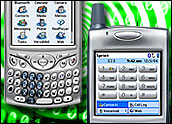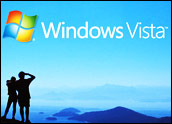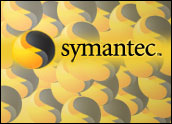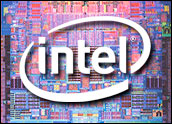
A demonstration by Motorola of Sprint’s Xohm WiMax wireless broadband technology took place this week on a tour boat in the Chicago River. Accounts of the exhibition are likely to have DSL and cable Internet providers worried.
Journalists invited aboard the “Summer of George” filed generally upbeat reports about the on-deck performance of Xohm, which came after Motorola demonstrated that WiMax worked well on a Chicago train and in a fast-moving car. The exhibitions were part of the WiMax World USA Conference & Expo in Chicago.
Chicago Sun-Times reporter Howard Wolinsky wrote an account of a tablet notebook used in the demonstration display a CNN broadcast “without a hiccup.”
Just a Glimpse
Motorola has made “tremendous progress in the deployment” of a Xohm WiMax network in Chicago, one of six places in the U.S. where Motorola is building network infrastructure to support Xohm, said Barry West, president of Sprint’s Xohm Business Unit. The live demonstrations “provided just a glimpse of what WiMax technology can deliver,” he said.
Sprint is on schedule to begin beta testing Xohm service in Chicago, Baltimore and Washington by the end of the year, according to West. The service should be available to customers in Chicago and other markets come springtime.
Sprint believes it is gathering momentum for Xohm. It expects to be able to offer — in conjunction with a planned partnership with Clearwire — WiMax broadband to 100 million Americans by the end of 2008.
The Gadgets are Coming
Key to the initiative success is bringing aboard device manufacturers willing to embed WiMax in their products.
So far, computer makers Acer, Asus, Lenovo, Panasonic and Toshiba have expressed intent to do so with their 2008 Intel Centrino-based laptops and ultra mobile PCs, according to Sprint.
Soon-to-be-released Nokia tablet devices will come equipped with Intel WiMax silicon, and will be among the first WiMax-enabled Internet devices expected to ship in 2008. Additionally, Motorola has created a mobile WiMax chipset modem for handheld units.
Sprint estimates about 50 million WiMax-enabled devices will be available within three years.
Nurturing the Ecosystem
The real news this year is the devices that are finally becoming available, said Parks Associates analyst Michael Cai, who has attended WiMax demos for the past five years.
“People have had questions about whether the ecosystem is going to meet the Sprint deadlines,” Cai told TechNewsWorld. “Because Sprint is the high-profile, 800-pound gorilla from the carrier side, they have every incentive to make the ecosystem partners work together to meet their deadlines. It seems that is happening.”
Sprint hopes to snag the mobile broadband market through aggressive pricing of Xohm.
“Sprint’s vision is to cut the current mobile broadband price by at least half,” Cai said. That means it will try to sell WiMax subscriptions that will work with multiple devices for US$30 to $40 per month, he predicted.
The pricing scheme will be tailored around individual needs, and Sprint said it will not lock subscribers into buying multi-year plans for each mobile unit they use.
Up to Speed
While WiMax is capable of delivering data at up to 10 megabits per second, the speed is impacted by the number of users. Cai said the technology is likely to offer speed of 1 to 2 megabits per second, good enough for most voice and Internet use.
Sprint “is expecting some DSL subscribers will be cutting the cord and solely relying on broadband connectivity” once Xohm goes live, Cai said. A WiMax wireless modem could be used for household installations.
Businesses and home users who require super high-speed broadband will stick with cable, fiber or newer, higher-speed DSL. “If you are a subscriber who thinks you need a 20-meg broadband connection, obviously you won’t switch,” said Cai.











































